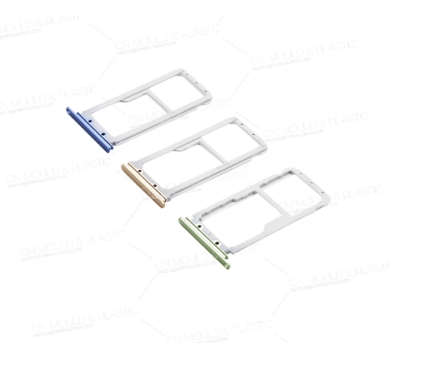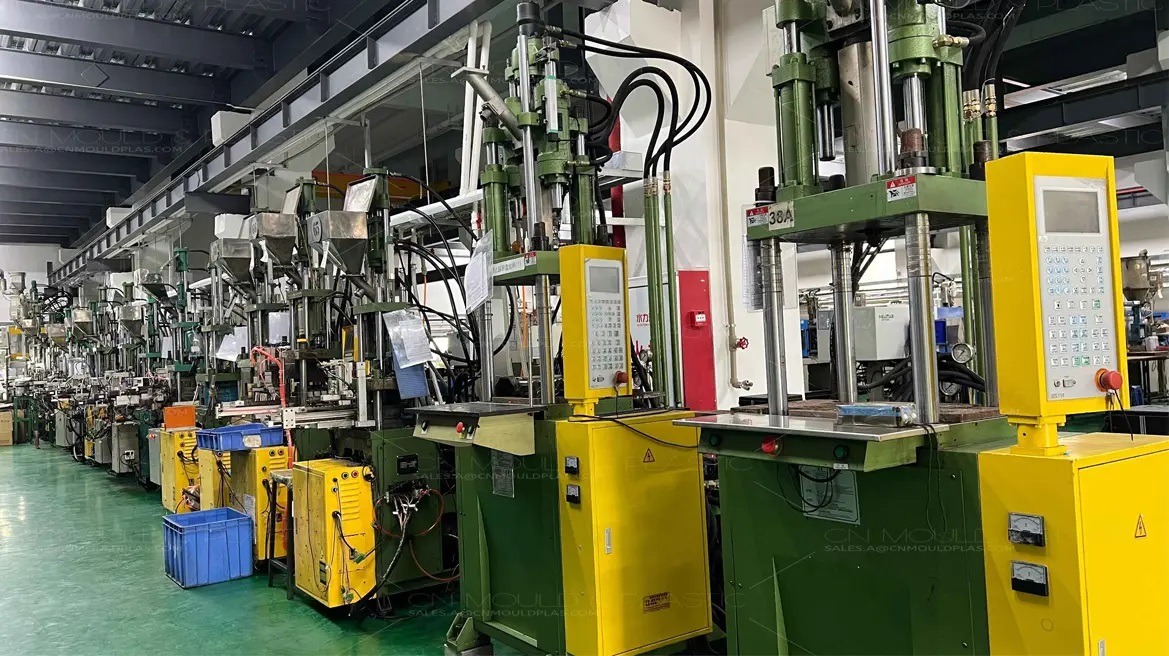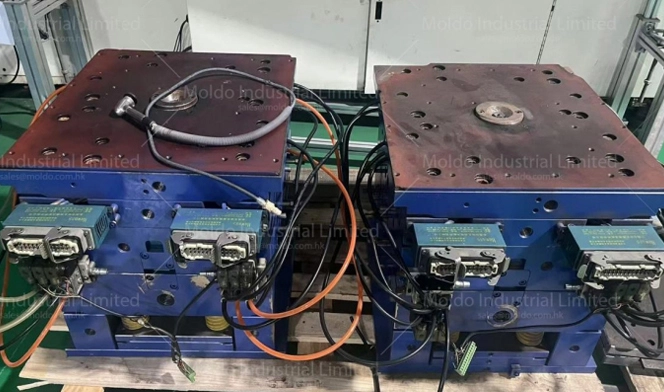Injection molding part coating means applying a coating layer onto plastic surfaces to achieve desired effects as required.
• By Drying Method:
◦ Infrared Drying coating
◦ UV Curing coating
• By Coating Composition:
◦ Acrylic coatings
◦ Two-component polyurethane coatings (acrylic + isocyanate)
◦ Nitrocellulose coatings
◦ Vinyl resin coatings
For ABS and HIPS, acrylic resin coatings or two-component polyurethane coatings are commonly used. If conditions allow and clients request it, some parts may get a final UV coating topcoat after the base color spray.
To ensure product quality and environmental protection, coating has strict environmental standards. It usually requires specialized equipment and controlled spaces. For high-end parts, dust-free rooms are a must, especially when using two-component or UV coatings. These coatings have high gloss, so even tiny impurities or particles will be amplified by the glossy film, making defects super obvious.
Dust-free room classifications (based on particles <0.5μm diameter):
1.Class 1: Less than 35 particles/m³
2.Class 2: Less than 353 particles/m³
3.Class 10,000: Less than 353,000 particles/m³
UV and two-component coatings typically need Class 10,000 dust-free rooms.
coating imposes the following design and material selection requirements:
1.Rib design: should be reasonable to avoid deep or numerous surface sink marks—these defects become extra visible with high-gloss coatings.
2.Gate position, size, and type: must be optimized to minimize internal stress. The material around the gate should be dense; otherwise, obvious defects may appear after coating.
3.Choose materials with good coating adhesion and solvent resistance:
◦ ABS and HIPS are highly sprayable, but solvent resistance varies by resin grade—test new materials first.
◦ PC has poor solvent resistance.
◦ PP and PE have weak adhesion and need surface treatment before coating.
Parts with grilles, holes, or grooves are tricky to spray evenly on inner surfaces or sides.
coating can create:
1.Standard color effects
2.Metallic effects
3.Color-changing effects
4.Imitation electroplating effects
5.Imitation leather texture effects
6.Rubber-like effects
7.Speckled effects
Key quality checks include:
1.Adhesion
2.Aging resistance
3.Hardness
4.Scratch resistance
5.Scrub resistance
6.Solvent resistance
7.Other surface quality metrics like glossiness


